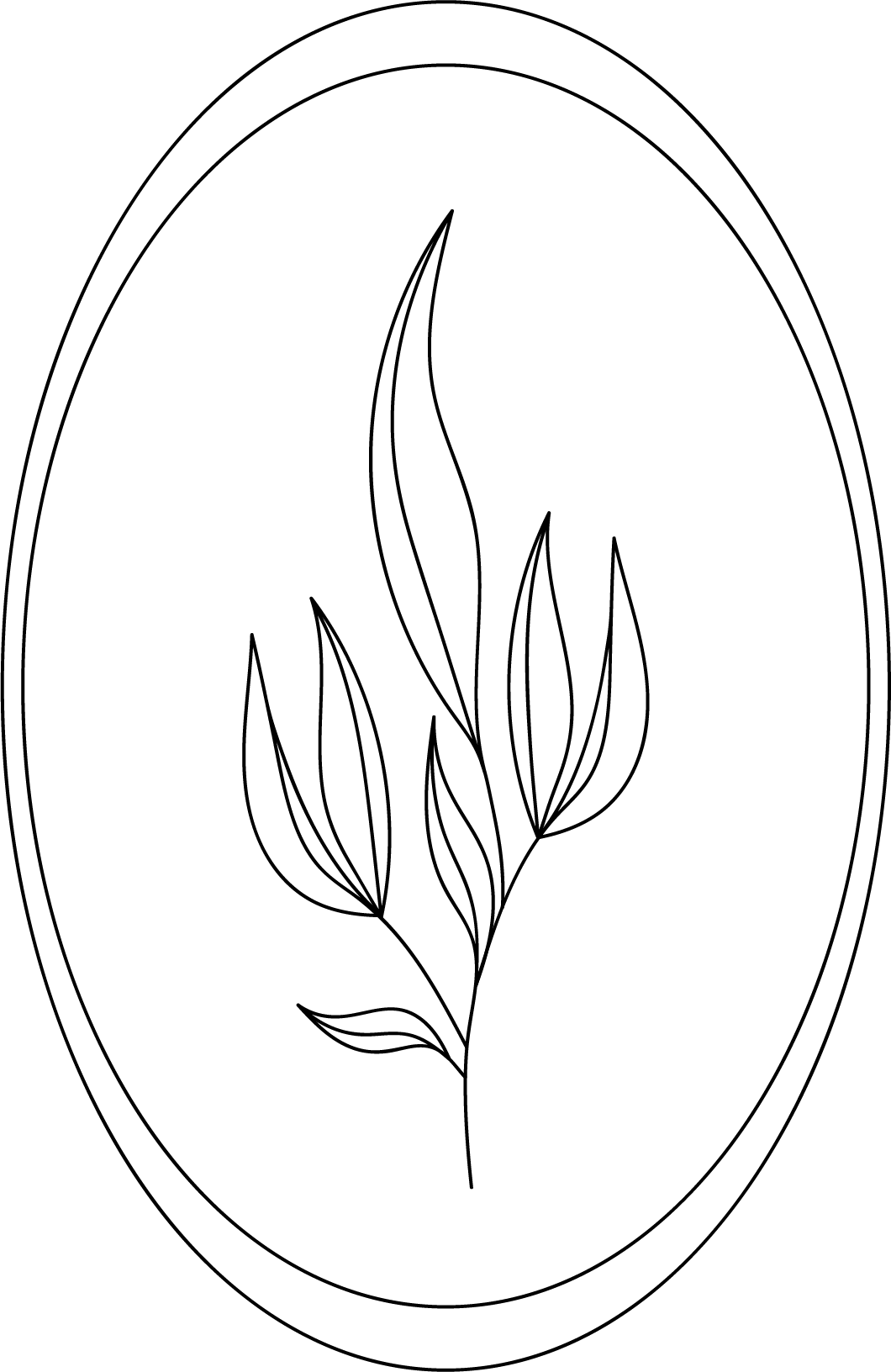Topical Application of Aloe Vera for Skin Disorders
Aloe vera
Aloe vera (“Aloe barbadensis miller”) is a plant that has been used traditionally for beauty, medicinal and health-benefiting effects. It contains antioxidants (including vitamins A, C & E), essential minerals (including calcium, copper, selenium, magnesium, potassium & zinc), fatty acids and enzymes. It has anti-inflammatory, hydrating, moisturising and cooling properties. Indications for aloe vera are as followed.
Sunburns & burn wounds
The phytosterols and polysaccharide in aloe vera prevent water loss and hydrates the skin to then provide relief for sunburns. Apply topically after sunburn exposure, and leave until it dries and washes off with cool water.
2. Acne
Aloe vera has anti-bacterial, anti-androgenic and anti-inflammatory activity and when used in combination with tretinoin cream for 8 weeks has shown to significantly improve in mild to moderate acne compared to control. Read more about the pathogenesis and causes of acne here.
3. Eczema & psoriasis
Aloe vera contains magnesium lactate which reduces the itching and irritation caused by excessive histamine levels (which are often elevated in immune-integumentary conditions such as eczema). Its main benefit is to provide moisture to the skin and improve skin integrity to help with symptom relief for dry and itchy skin. Topical application of aloe vera twice daily for 1-2 months has been shown to improve psoriasis wounds as measured by pain, bleeding, lesion score, depth, size, edema and inflammation.
Scarring & wounds
Aloe vera contains glucomannan (a type of sugar) and gibberellin (a growth hormone) to increase the formation of fibroblasts (collagen-forming cells). This then supports wound and scar healing by increasing collagen synthesis and the degree of collagen cross-linking when taken orally or applied topically. Aloe vera is useful as a dressing for wound healing and more effective than petroleum jelly gauze, silver sulfadiazine ointment and framycetin cream for burn wounds.
You can purchase & grow an aloe vera plant or purchase it as a gel in drugstores, supermarkets and health food stores. To use it fresh, cut open a leaf to extract the gel-like interior and apply it to the affected area. I’ve found keeping the leaf in the fridge makes the cooling sensation feel incredible on irritated skin.
Note, with anything you apply topically (even things that are ‘completely natural!’), start a patch test by applying a small amount on your skin (such as your arm, neck or legs) and wait 24 hours before applying it topically on the affected area.
Additionally, with everything-practise moderation as excessive use of aloe vera can over-exfoliate and dry out the skin due to the enzymes present in the plant.
REFERENCES
Grundmann, O. (2020). Aloe Vera Gel Research Review. Natural Medicine Journal, 4(9).
Hekamtpou, D., Mehrabi, F., Rahzani, K., & Aminiyan, A. (2019). The Effect of Aloe Vera Clinical Trials on Prevention and Healing of Skin Wound: A Systematic Review. Iranian Journal Of Medical Science, 44(1), 1-9.
Nasri, H., Bahmani, M., Shahinfard, N., Moradi Nafchi, A., Saberianpour, S., & Rafieian Kopaei, M. (2015). Medicinal Plants for the Treatment of Acne Vulgaris: A Review of Recent Evidence. Jundishapur Journal Of Microbiology, 8(11), 25580. doi: 10.5812/jjm.25580
Surjushe, A., Vasani, R., & Saple, D. (2008). Aloe vera: A short review. Indian Journal Of Dermatology, 53(4), 163. doi: 10.4103/0019-5154.44785
